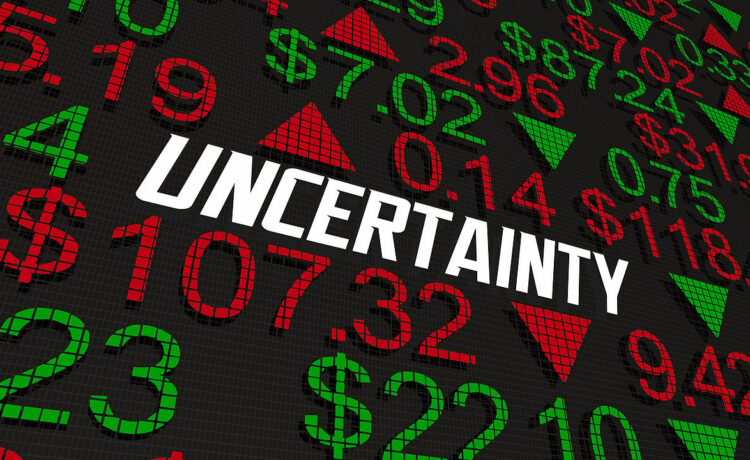A portfolio built on clear goals, proper asset allocation, and a mix of funds should withstand such events. Instead of reacting quickly, experts suggest it is better to check if your investments are still balanced.
Sometimes, your portfolio may shift away from the original plan due to market movement. In such cases, small changes or rebalancing can help. If the market drops sharply, some investors may also find good opportunities to invest more, but only if it fits their long-term goals. Do not let fear drive your decisions. Stick to your plan.
Geographic diversification should never be a knee-jerk or reactive decision based solely on current headlines or short-term events, says Santosh Joseph, CEO, Germinate Investor Services. “It should be a planned, strategic part of your overall investment approach,” he says.
When an investor’s entire portfolio is concentrated in a single economy—like India—they are exposed to the risks and cycles of just that one market. “While the Indian economy has shown strong structural growth, diversification across geographies helps reduce concentration risk and provides access to different economic drivers and currency exposures,” he added.
One can diversify their investments with international ETFs and mutual funds. “However, global investing must be done with a long-term mindset. Global markets, too, face their own set of uncertainties, whether it’s inflation in the West, interest rate decisions by the US Federal Reserve, or regional conflicts. But over time, these risks are balanced out by the benefits of being invested in a wider economic universe,” he explains.
Portfolio stability in uncertain times
In times of uncertainty, it is natural for investors to seek more stability. One of the best ways to achieve this is by adjusting your portfolio mix to include more stable and low-risk assets. Experts say, fixed income instruments, like debt mutual funds or conservative hybrid funds, offer greater capital protection and can reduce the overall risk in your portfolio.
“If you feel that your equity allocation is too high or too risky, consider shifting a portion of your investment to safer categories. This does not mean exiting the market entirely. It simply means being more balanced in your approach, especially if you are approaching a financial goal or are uncomfortable with volatility,” Joseph says.
Another important factor is to stay invested for a longer time. Extending your investment horizon helps smooth out the impact of short-term market movements. The longer you stay invested, the more time your investments have to recover and grow. As mentioned earlier, a sharp market correction can also present value-buying opportunities for investors who have a long-term perspective and the risk appetite to deploy additional capital.
Lastly, it is important to continue your SIPs even during difficult times. These regular investments can help you buy more units when prices are low and average out your cost over time. Staying consistent is the key to building long-term wealth.
“The most important thing for a long-term investor is to stay focused on the original purpose of investing. Markets will always have ups and downs. There will be wars, elections, interest rate changes, and other global events. But your financial goals usually do not change that often,” Joseph says.
To stay strong, it is essential to ensure your portfolio matches your time horizon and your comfort with risk. “If that is in place, remind yourself that market corrections are temporary, but your investment journey is long-term. Continue with your SIPs, avoid checking the market too often, and do not make sudden decisions based on fear. It is also helpful to speak to a financial advisor during such times for reassurance and guidance,” he adds.
History has shown that markets bounce back. Investors who stay patient and disciplined usually end up in a much better position than those who react to every market event.





